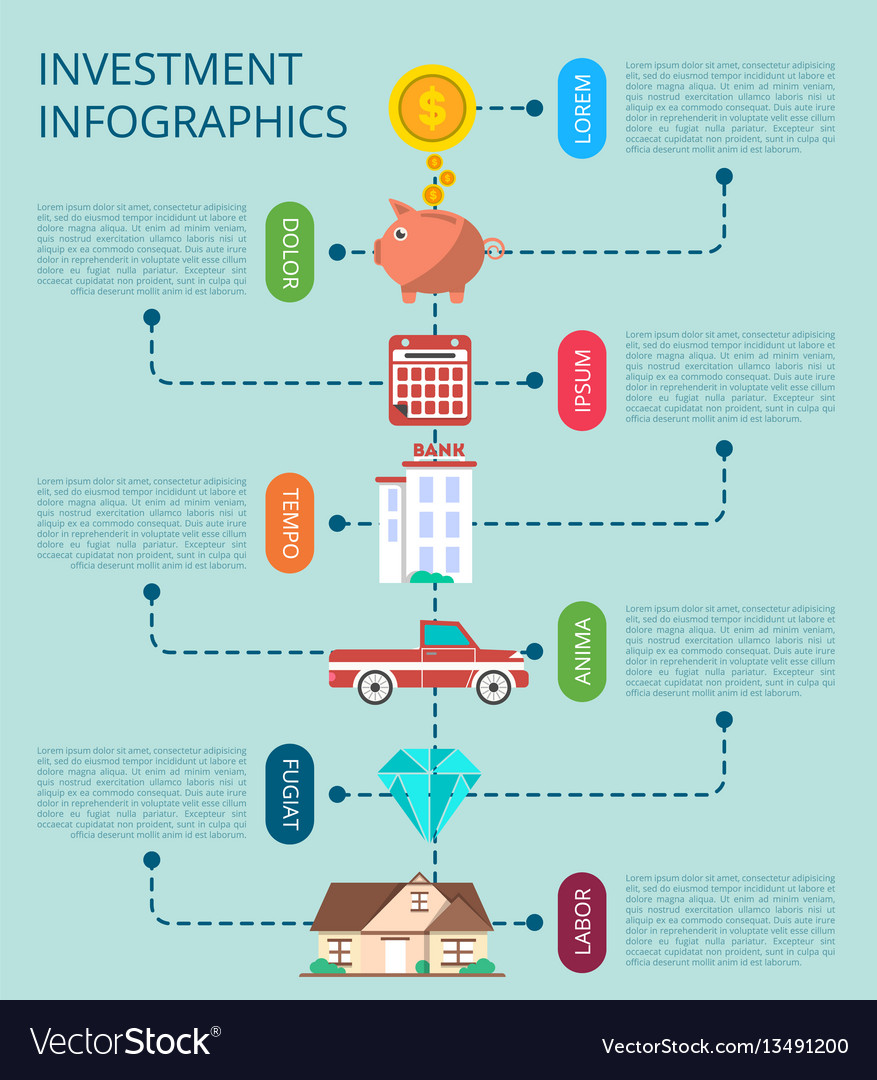Discovering The Distinction In Between Payment Bonds And Efficiency Bonds
Discovering The Distinction In Between Payment Bonds And Efficiency Bonds
Blog Article
Uploaded By-Dissing Boyle
When it involves payment bonds and efficiency bonds in Construction jobs, understanding the subtleties between the two is essential for all involved events. Repayment bonds ensure that every person earns money, while performance bonds concentrate on project completion. However what happens when concerns emerge, and just how do these bonds affect the overall success of a project? Allow's untangle the complexities of settlement bonds versus efficiency bonds to shed light on their distinct duties in Construction undertakings.
Significance of Payment Bonds
Understanding why settlement bonds are vital in Construction jobs can help you browse possible monetary dangers effectively. Settlement bonds give a safeguard for subcontractors and distributors, ensuring they receive settlement for the job and products they give on a task.
As a subcontractor or supplier, having a repayment bond in position uses you protection and satisfaction knowing that you'll be made up for your payments to the project. Without repayment bonds, you might encounter delays in receiving settlement or even non-payment, which might have a significant impact on your organization's financial security.
Key Differences in Demands
To understand the nuances of repayment and efficiency bonds fully, it is very important to identify the distinctive requirements that separate them in Construction projects. Repayment bonds mostly focus on making sure that subcontractors, distributors, and workers are spent for the work they've finished on a project. These bonds offer a warranty that the specialist will accomplish their monetary responsibilities to these events. On look at here now , efficiency bonds are made to secure the job owner by guaranteeing that the service provider completes the task according to the terms of the agreement. This bond acts as a secure against any potential interruptions or failures by the specialist.
Payment bonds typically need the specialist to submit regular repayment applications and maintain precise settlement records to make certain that all celebrations included are made up fairly. On the other hand, efficiency bonds require the contractor to follow the task timeline, top quality criteria, and specifications described in the agreement. Understanding these specific demands is crucial for specialists and project owners to navigate the intricacies of Construction tasks properly.
Impact on Construction Jobs
Settlement and efficiency bonds play a crucial role in influencing the success and development of Construction projects. Payment bonds make sure subcontractors and distributors are paid for their work, while performance bonds assure the project is completed according to the agreement. Here's exactly how these bonds effect Construction tasks:
1. ** Danger Reduction **: By needing repayment and performance bonds, job owners reduce the threat of monetary loss due to contractor default. This guarantee encourages professionals to accomplish their commitments, thus advertising job completion.
2. ** Improved Trustworthiness **: Having these bonds in position enhances the reliability of the project in the eyes of stakeholders. It signifies that the professional is financially stable and capable of completing the job as agreed.
3. ** Smooth Project Circulation **: With repayment and performance bonds basically, conflicts over payments are reduced, project timelines are most likely to be met, and the total task circulation is smoother, resulting in effective job results.
Final thought
You currently recognize the vital roles repayment bonds and performance bonds play in Construction projects.
Like a strong foundation supports a structure, repayment bonds make sure subcontractors and providers are economically protected, while efficiency bonds protect job owners from disruptions.
By understanding these distinctions, you can browse the Construction procedure with confidence and ensure effective job results.
